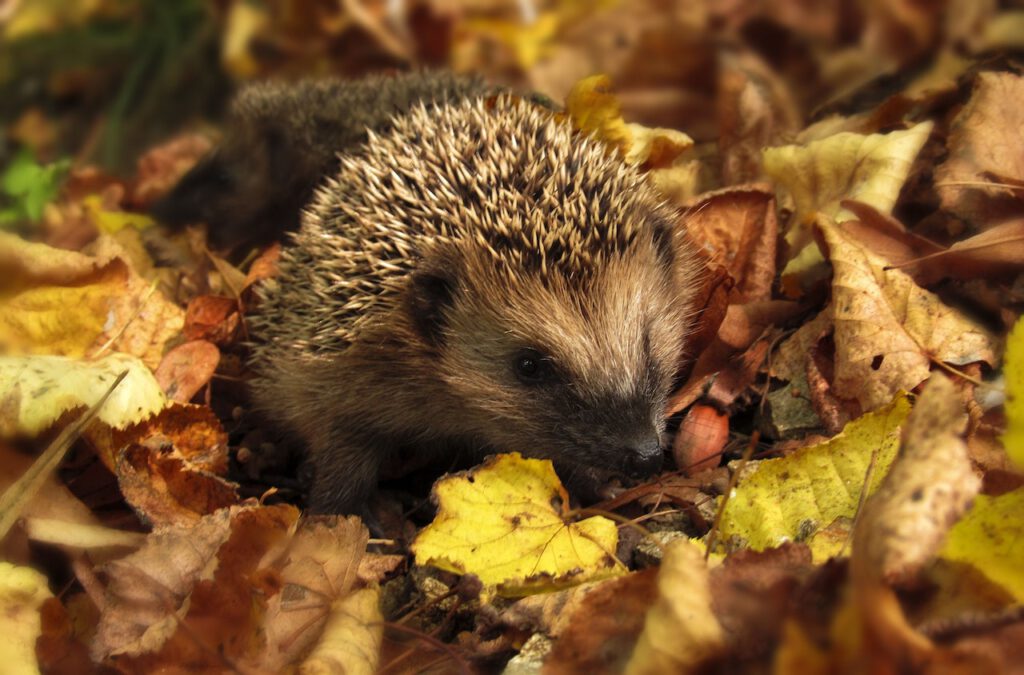Protecting wildlife in the garden over winter

Once upon a time the most common animals you’d find scurrying about in the garden on autumn nights would be hedgehogs, foxes or even a badger.
However, today hedgehogs, other mammals and many birds are on the decline, and the more we can do to help them survive through the winter, the better.
With this in mind, ClearitWaste has put together some tips on how to protect the wildlife exploring your garden this autumn.
Take care when planting and tidying
While autumn is a popular time for planting trees, perennials and bulbs, it’s also the time when some animals will be settling down for the winter.
It may be tempting to tidy up and clear out debris, leaves and twigs, but small mammals such as hedgehogs settle in piles of logs, leaves, plant hedges and even compost heaps. So if you do want a tidy garden for the winter, you might still leave big piles of leaves alone and take care with powerful tools such as strimmers, lawn mowers and hedge trimmers.
Look after hedgehogs that you do disturb accidentally
If you do end up disturbing any wildlife, such as a hedgehog, you can simply recover the animal with leaves and avoid further upheaval in that area until early spring. Or build a hedgehog house in advance.
Make a hedgehog house
To build a home for a hedgehog, find a quiet spot and a wooden box. Fill the box with leaves, straw or hay and then create a tunnel into the box that will allow the hedgehog passage but not larger animals. This becomes a reasonably safe place for hedgehogs or other small animals to take shelter/hibernate through winter.
Make a home for frogs
You can also build a frog home using broken plant pots, soil and rocks, although it is advised to place it around or near the edge of any garden ponds. Plant pots are also great shelters for smaller insects.
Put up a bird feeder or leave safe food out
Bird feeders are a great way to attract not only birds but other small animals such as squirrels.
However, not all wildlife are able to climb to reach bird feeders so you can leave out safe foods for other animals. Specialist food is available, although you can use meat-based cat or dog food. Be aware though that this could attract other people’s cats and – more worryingly – quite likely rats. You can purchase ground feeders that have wire covers that only allow small creatures in.
Avoid use chemical repellents where possible
Try to avoid any chemical repellents such as slug pellets. Slugs and other small insects are a source of food for hedgehogs and wildlife, and some pellets themselves can be toxic. You can further check your gardening supplies for potentially toxic ingredients and regularly check your garden for any harmful waste.
Pet proof your garden
In the colder months, you could work at cordoning off areas where you know wildlife will gather, and accompany your dog outside when necessary to prevent your dog from disturbing any hibernating animals sheltered in your garden.
If concerned about wildlife in your area you can try contacting nearest your nearest RSPCA help centre.
If you found this article useful, you may enjoy:
- Gardening tips for older people
- Managing green waste to protect the environment
- 5 tips for creating a dementia-friendly garden
Photo by monicore
As an Amazon Associate we earn from qualifying purchases if you buy from Amazon.

